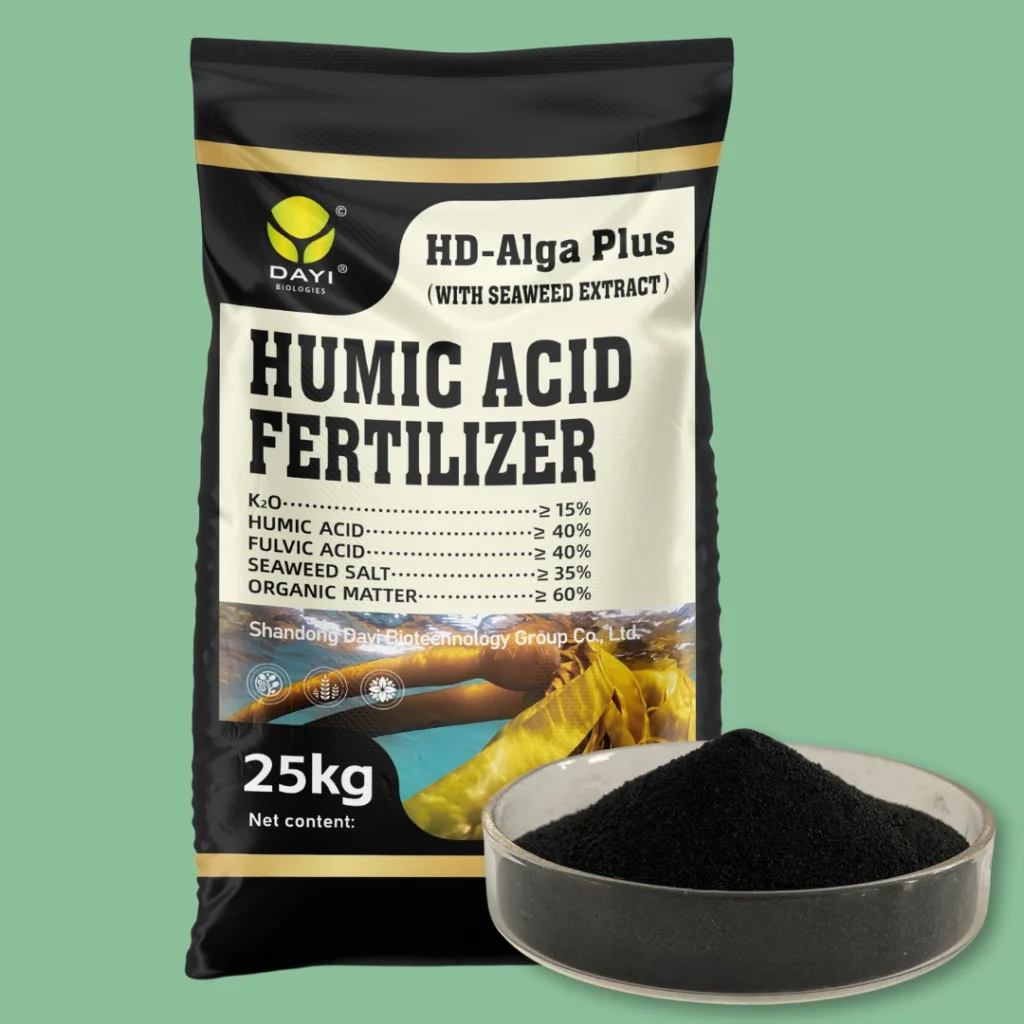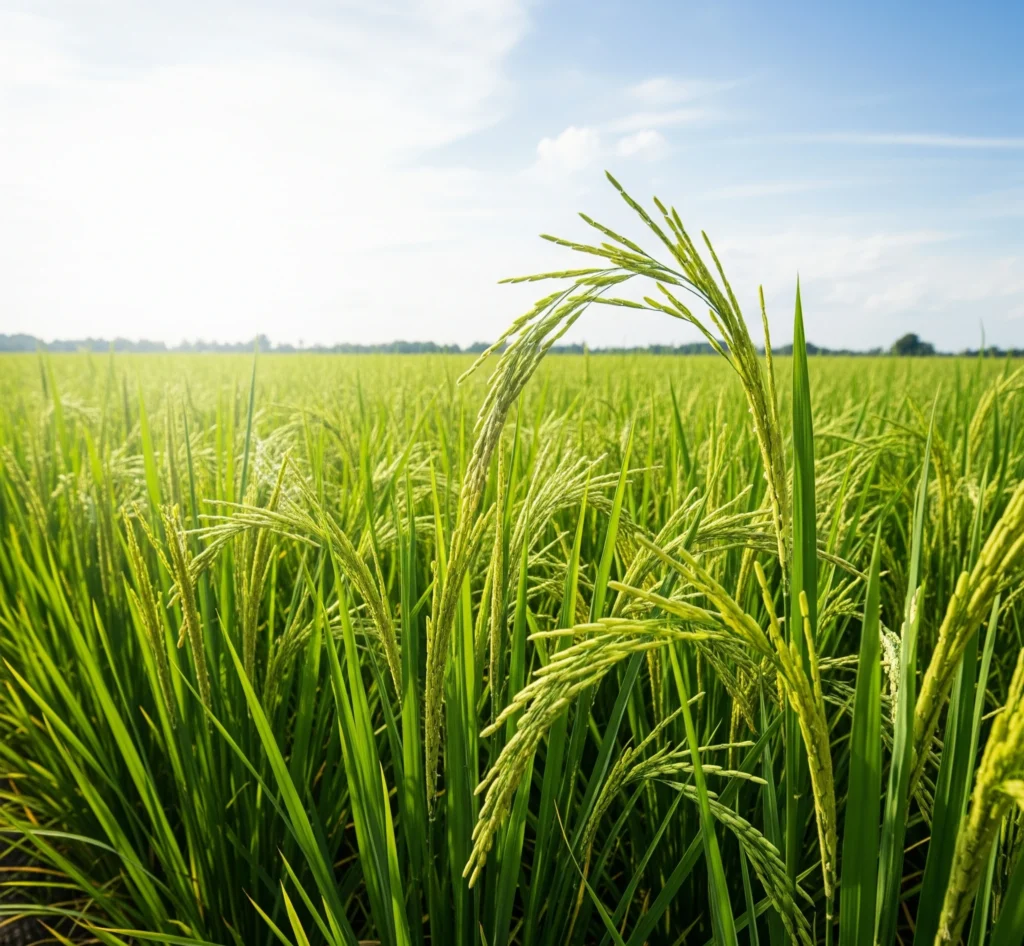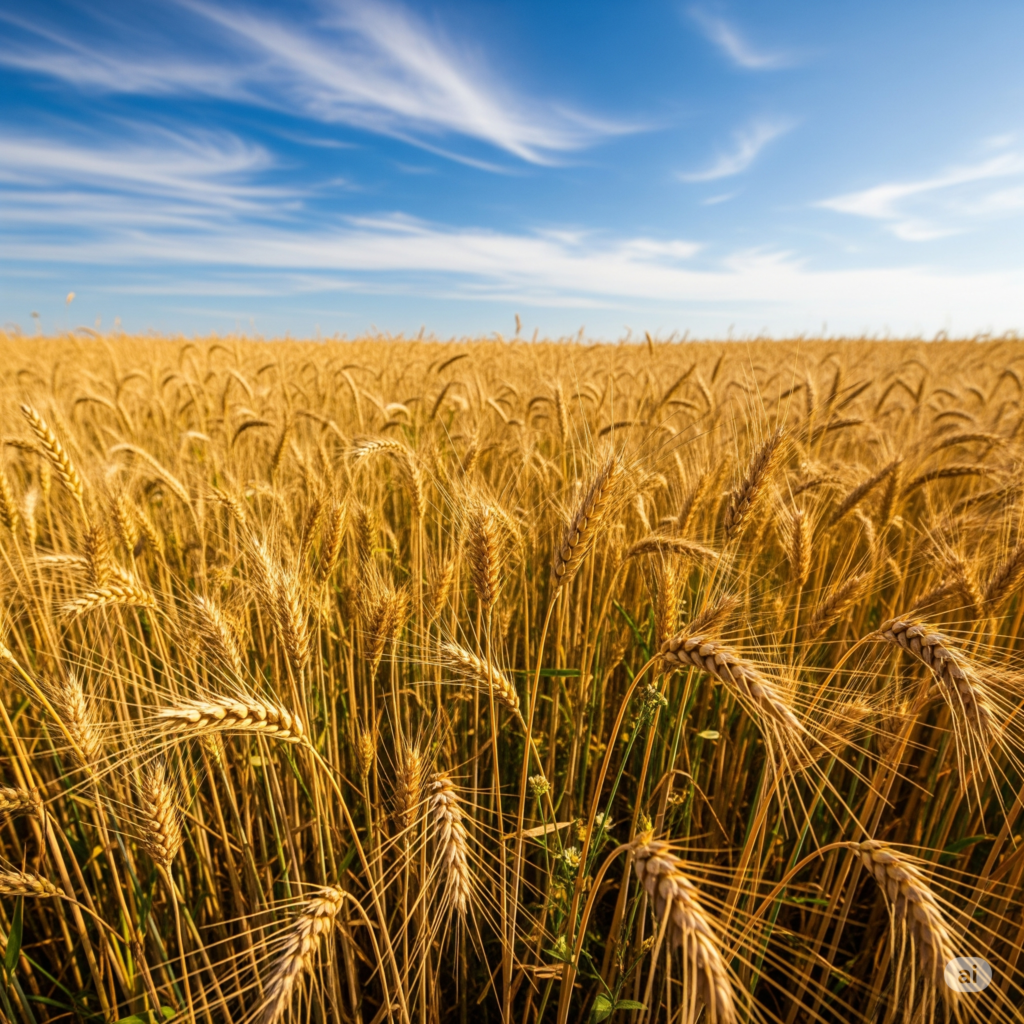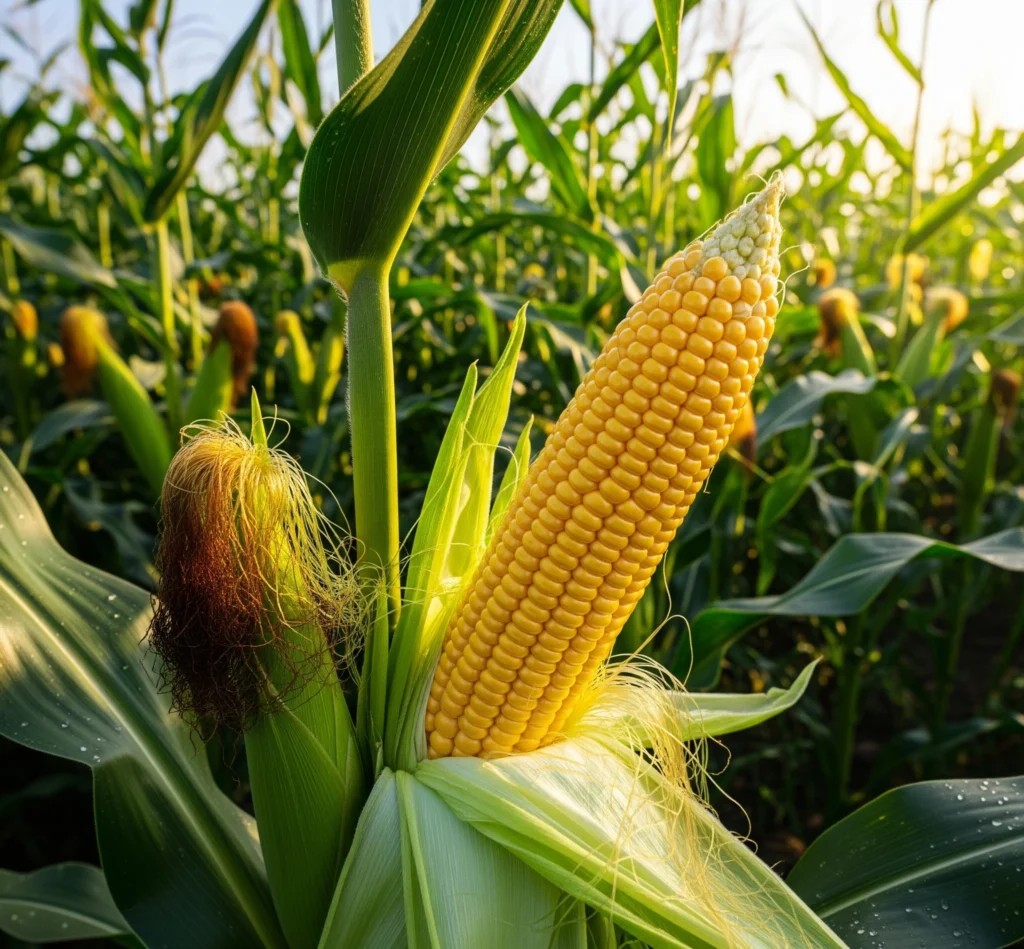Rice, often called the “grain of life,” is a fundamental staple food for over half of the world’s population, especially across Asia, Africa, and Latin America. Its cultivation is deeply intertwined with culture, economy, and sustenance. Achieving robust, healthy rice crops is critical for food security and farmer livelihoods. This guide explores the essential practices for cultivating rice, including insights into optimal growing conditions, vital protection measures, and general care, highlighting how advanced nutrition can lead to more resilient plants and significantly increased yields.
Understanding Rice: A Global Staple
Rice (Oryza sativa) is primarily grown in two distinct systems:
- Paddy Rice (Lowland Rice): This is the most common method, involving growing rice in flooded fields. The standing water helps control weeds and provides a stable environment for rice growth, which is naturally adapted to wetland conditions.
- Upland Rice: Cultivated in non-flooded, rain-fed environments, similar to how wheat is grown. Upland rice varieties are more drought-tolerant but generally yield less than paddy rice.
Cultivation Essentials: Laying the Foundation for Success
- Best Planting Time: Rice planting times vary significantly by region and climate, often dictated by monsoon seasons and irrigation availability. Many rice-growing areas support multiple crops per year (e.g., 2-3 cycles). Generally, planting occurs when temperatures are consistently warm enough for germination and vigorous growth.
- Tropical/Subtropical Regions: Often planted at the onset of the rainy season to coincide with water availability.
- Temperate Regions: Planted after the last frost, typically in late spring to early summer.
- Suitable Soil and Weather Conditions:
- Soil:
- Paddy Rice: Traditionally thrives in heavy clay soils that retain water well, but with proper water management, it can be grown in a variety of soil types.
- Upland Rice: Prefers well-drained loamy to sandy-loam soils.
- An ideal soil pH for rice generally ranges from 5.5 to 7.0.
- Weather:
- Rice is a warm-season crop, requiring consistently warm and humid conditions.
- Optimal temperatures for the growing season range from 25∘C to 35∘C (77-95°F).
- A frost-free period of at least 4-5 months is essential. Abundant rainfall or reliable irrigation is crucial for successful cultivation.
- General Precautions for Healthy Growth:
- Water Management: For paddy rice, precise control of water depth is paramount for weed suppression, nutrient cycling, and plant health. Avoid prolonged drought periods for upland rice.
- Nutrient Balance: Over-application of nitrogen can lead to excessive vegetative growth, making plants susceptible to lodging and certain diseases. Balanced fertilization is key.
- Weed Control: Weeds are a major competitor, especially in direct-seeded rice. Early and effective weed management is crucial.
- Pest & Disease Monitoring: Regular scouting of fields is vital for early detection and timely intervention against common rice pests and diseases.
Protecting Your Rice: Threats and Strategies
Rice crops are susceptible to a range of pests and diseases that can severely impact yield and quality. Integrated pest and disease management is essential.
- Pests:
- Stem Borers: Larvae bore into stems, causing dead hearts or whiteheads.
- Planthoppers (Brown Planthopper, Green Leafhopper): Sap-sucking insects that can also transmit viruses.
- Rice Bugs: Feed on developing grains, causing chalky or empty grains.
- Protection: Utilize resistant varieties, practice crop rotation, maintain field sanitation, encourage natural enemies, and apply targeted insecticides based on scouting thresholds. Water management in paddy can also help control certain pests.
- Diseases (Fungal, Bacterial, Viral):
- Rice Blast: (Fungal) One of the most destructive diseases, affecting leaves, stems, and panicles.
- Bacterial Blight: (Bacterial) Causes water-soaked lesions that turn yellow and white.
- Sheath Blight: (Fungal) Affects leaf sheaths, particularly in dense canopies.
- Tungro Virus: (Viral) Transmitted by green leafhoppers, causing yellowing and stunted growth.
- Protection: Plant resistant varieties, ensure balanced fertilization (avoid excess nitrogen), manage water properly, use fungicidal/bactericidal sprays when appropriate, implement vector control (for viruses), and use clean, certified seeds.
General Care for Thriving Rice
- Nutrient Management: Rice has high demands for Nitrogen (N), Phosphorus (P), and Potassium (K). Silicon is also highly beneficial for strengthening rice plants. Regular soil testing guides fertilizer application. Apply fertilizers in split doses to match plant needs at different growth stages.
- Water Management: For paddy rice, maintaining optimal water depth (typically 2-5 cm) is crucial throughout the growing season, with specific drainage and reflooding stages. Upland rice requires consistent moisture through rainfall or irrigation, avoiding water stress.
- Weed Control: Implement a combination of cultural practices (e.g., proper land preparation, water management in paddy, competitive varieties), manual weeding, and judicious use of herbicides.
- Monitoring: Conduct frequent field inspections to detect early signs of nutrient deficiencies, pest infestations, or disease outbreaks. Prompt identification allows for effective and timely intervention.
- Harvesting: Harvest rice when the grains are physiologically mature, typically when about 80-85% of the grains on the panicle have turned golden yellow. Timely harvest minimizes grain shattering and quality loss.
Best Countries for Rice Cultivation: Rice is predominantly grown in Asia, with major producers including:
- China
- India
- Indonesia
- Bangladesh
- Vietnam
- Thailand
- Myanmar
- Philippines
- Pakistan
- Brazil (significant producer outside Asia)
Dayi’s Solution: Optimizing Rice Nutrition with Humic Acid + Seaweed Extract
At Shandong Dayi Biotechnology Group Co., Ltd., we are dedicated to fostering robust and productive rice farming. Our Humic Acid Fertilizer (With Seaweed Extract) offers a powerful dual-action solution for enhancing rice nutrition and resilience. The humic acid component profoundly improves soil health by enhancing its structure, increasing water retention, and boosting the availability of essential nutrients, particularly phosphorus and potassium, which are critical for rice. It also stimulates beneficial microbial activity, leading to stronger root development and more efficient nutrient uptake, even in challenging paddy environments. The seaweed extract complements this by providing a rich array of natural plant growth regulators, trace minerals, and amino acids. These bioactive compounds promote vigorous tillering, enhance the plant’s ability to withstand environmental stresses like drought or salinity, and contribute to better grain filling and overall panicle development. The synergistic effect ensures that rice plants develop extensive root systems, absorb nutrients with greater efficiency, and exhibit enhanced resilience, ultimately leading to significantly higher yields and superior grain quality.
Leveraging our advanced “Microbial+” technology and unwavering commitment to sustainable solutions, Shandong Dayi Biotechnology Group Co., Ltd. is at the forefront of innovation in plant protection, empowering farmers to achieve more bountiful and healthy harvests.




